Update: Color of the fuselage changed due to being "too purple" and/or "too pink" if flown at some times
About the Hawker Siddeley HS-121
The Hawker Siddeley HS-121 Trident (originally the de Havilland DH.121 and briefly the Airco DH.121) is a British airliner produced by Hawker Siddeley. In 1957, de Havilland proposed its DH.121 trijet design to a British European Airways (BEA) request. By 1960, de Havilland had been acquired by Hawker Siddeley. The Trident's maiden flight happened on 9 January 1962, and it was introduced on 1 April 1964, two months after its main competitor, the Boeing 727. By the end of the programme in 1978, 117 Tridents had been produced. The Trident was withdrawn from service in 1995.
The jetliner is powered by three rear-mounted Rolls-Royce Spey low-bypass turbofans, it has a low swept wing and a T-tail. Advanced avionics allowed it to be the first airliner to make a blind landing in revenue service in 1965. The initial Trident 1/2 could seat 101-115 passengers over up to 2,350 nmi (4,350 km). The Trident 3 was stretched by 5 m (16 ft) to seat 180 over 1,940 nmi (3,590 km; 2,230 mi), and had an additional RB.162 booster engine in the tail.
About FlyJet
FlyJet, established in 1988, has built a reputation for reliability, affordability, and comfort in the airline industry. From its humble beginnings as a regional carrier, FlyJet has expanded into a prominent global airline, connecting major cities and remote destinations across continents.
Fleet Overview
Retired Aircraft
Over the years, FlyJet has operated a variety of aircraft, evolving its fleet to meet changing demands and technological advancements. Some of the notable retired aircraft include:
- Airbus A330: A versatile wide-body aircraft used for long-haul routes, the A330 was known for its range and passenger comfort.
- Douglas DC-8: An early long-haul aircraft for FlyJet, the DC-8 was instrumental in establishing the airline's international presence.
- Douglas DC-9: This short to medium-haul aircraft was a staple of FlyJet's domestic and regional routes in the early years.
- Boeing 757: Known for its range and performance, the 757 served both medium and long-haul routes efficiently, bridging the gap between narrow-body and wide-body aircraft.
Modern Fleet
FlyJet's current fleet is a blend of modern, fuel-efficient aircraft designed to enhance passenger comfort and operational efficiency. The modern fleet includes:
- Airbus A321neo (A321NX): Known for its fuel efficiency and advanced aerodynamics, the A321NX serves FlyJet's short to medium-haul routes, offering extended range and greater passenger capacity compared to its predecessors.
- Boeing 747-200: A cornerstone of FlyJet's long-haul fleet, the 747-200 offers significant passenger capacity and range, making it ideal for transcontinental and intercontinental flights.
- Hawker Siddeley Trident (HS-121): Another key player in FlyJet's medium-haul operations, the Trident is recognized for its advanced technology at the time of its introduction and its reliable performance.
- Tupolev Tu-154M: Used for FlyJet's medium to long-haul routes, the Tu-154M is known for its durability and ability to operate in various climates, offering reliable service across diverse routes.
- Boeing 767-200: Utilized for regional and medium-haul flights, the 767-200 offers a balance of efficiency and comfort, ideal for routes that require greater passenger capacity and range.
Services and Innovations
FlyJet offers a range of services to cater to different traveler needs, including economy, premium economy, business, and first-class options. Each class features spacious seating, in-flight entertainment, and high-quality meals prepared by renowned chefs.
Customer service remains a cornerstone of FlyJet's operations, with a dedicated team of professionals ensuring a seamless travel experience from check-in to landing. The airline also boasts a robust loyalty program, rewarding frequent flyers with exclusive benefits, discounts, and priority services.
Sustainability Commitment
FlyJet is committed to sustainability, actively working to reduce carbon emissions and invest in eco-friendly technologies and practices. This includes adopting newer, more fuel-efficient aircraft and implementing operational measures to minimize environmental impact.
Specifications
General Characteristics
- Predecessor Hawker Siddeley Trident HS-121 FlyJet
- Successors 2 airplane(s) +21 bonus
- Created On Windows
- Wingspan 112.6ft (34.3m)
- Length 129.1ft (39.4m)
- Height 32.0ft (9.7m)
- Empty Weight N/A
- Loaded Weight 68,849lbs (31,229kg)
Performance
- Power/Weight Ratio 0.391
- Horse Power/Weight Ratio 0.007
- Wing Loading 27.3lbs/ft2 (133.3kg/m2)
- Wing Area 2,521.3ft2 (234.2m2)
- Drag Points 14489
Parts
- Number of Parts 389
- Control Surfaces 9
- Performance Cost 2,269

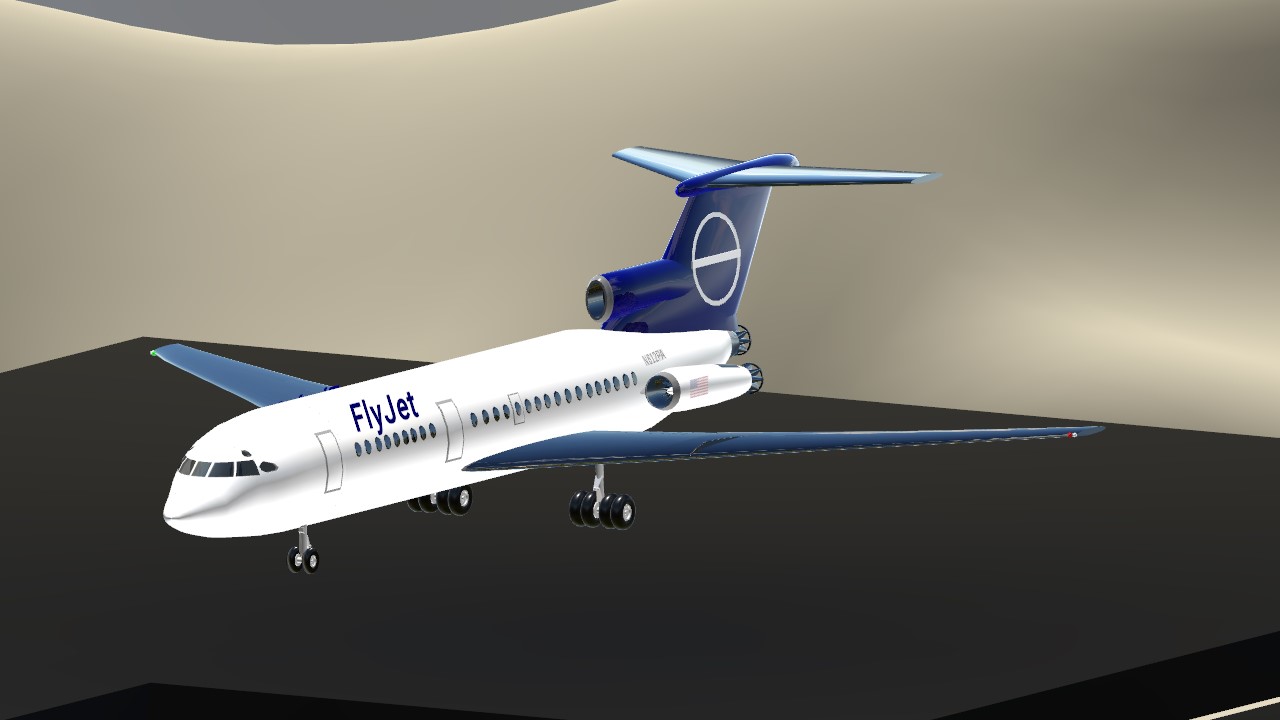
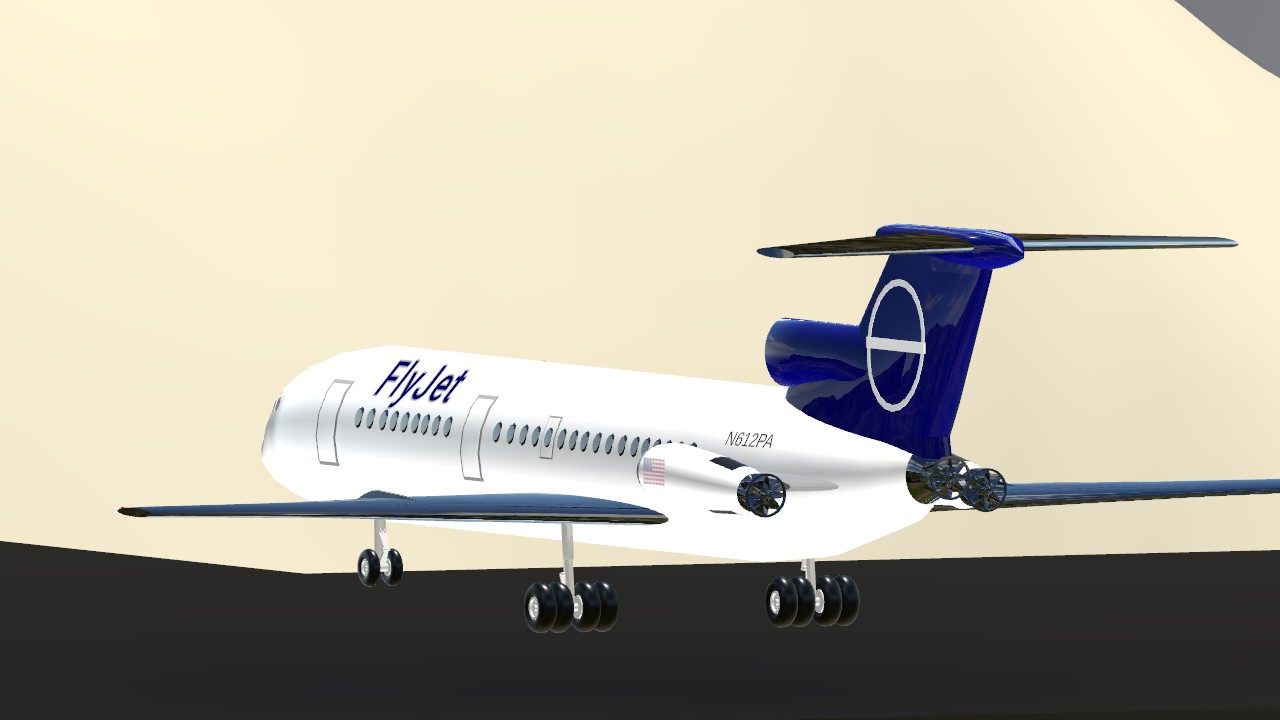
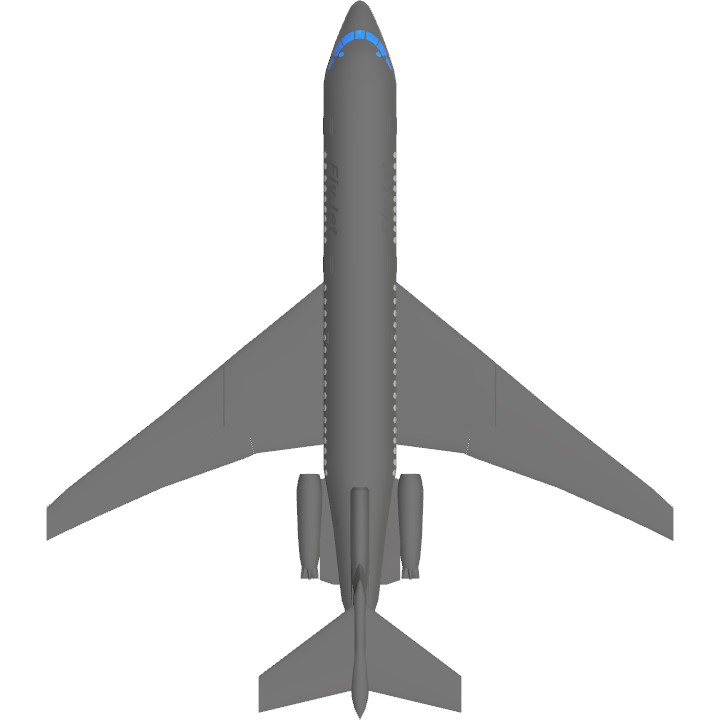
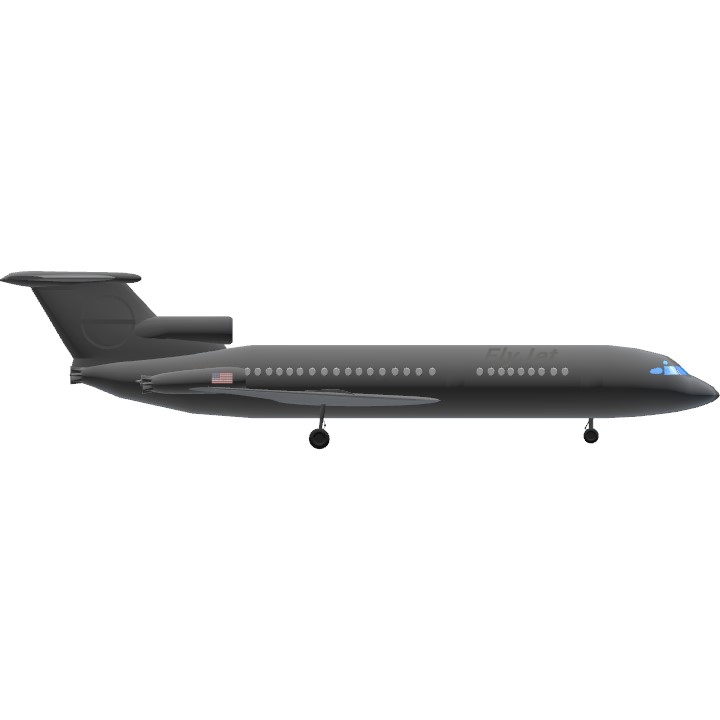
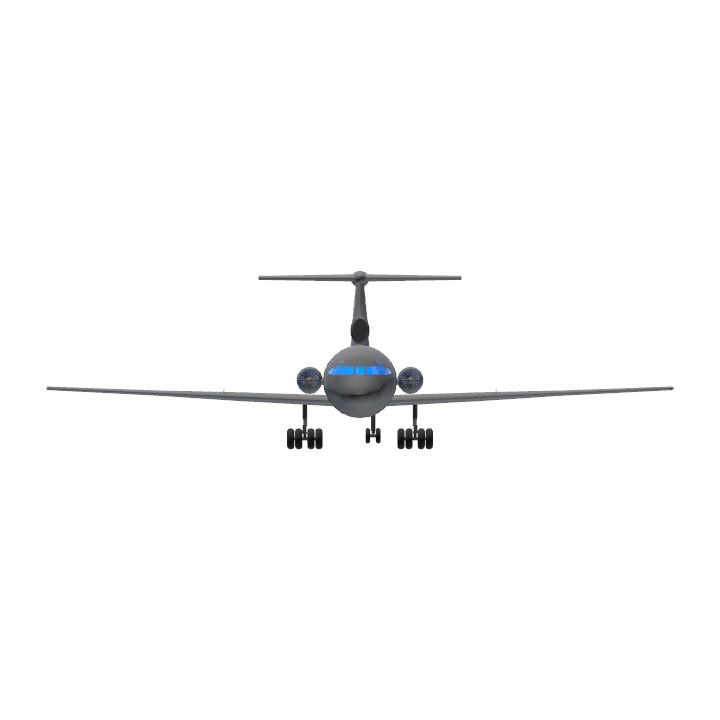
Credits to @qazedcujmyhn for the HS-121.